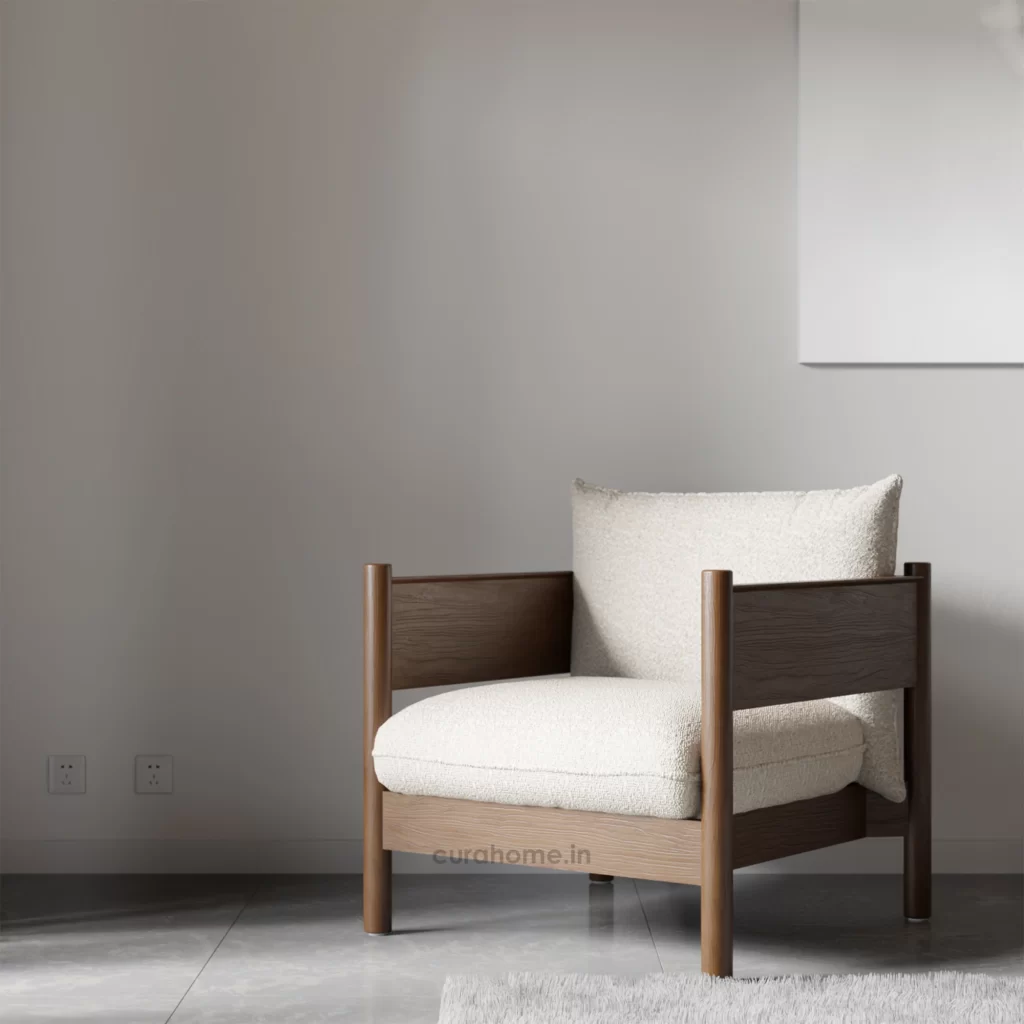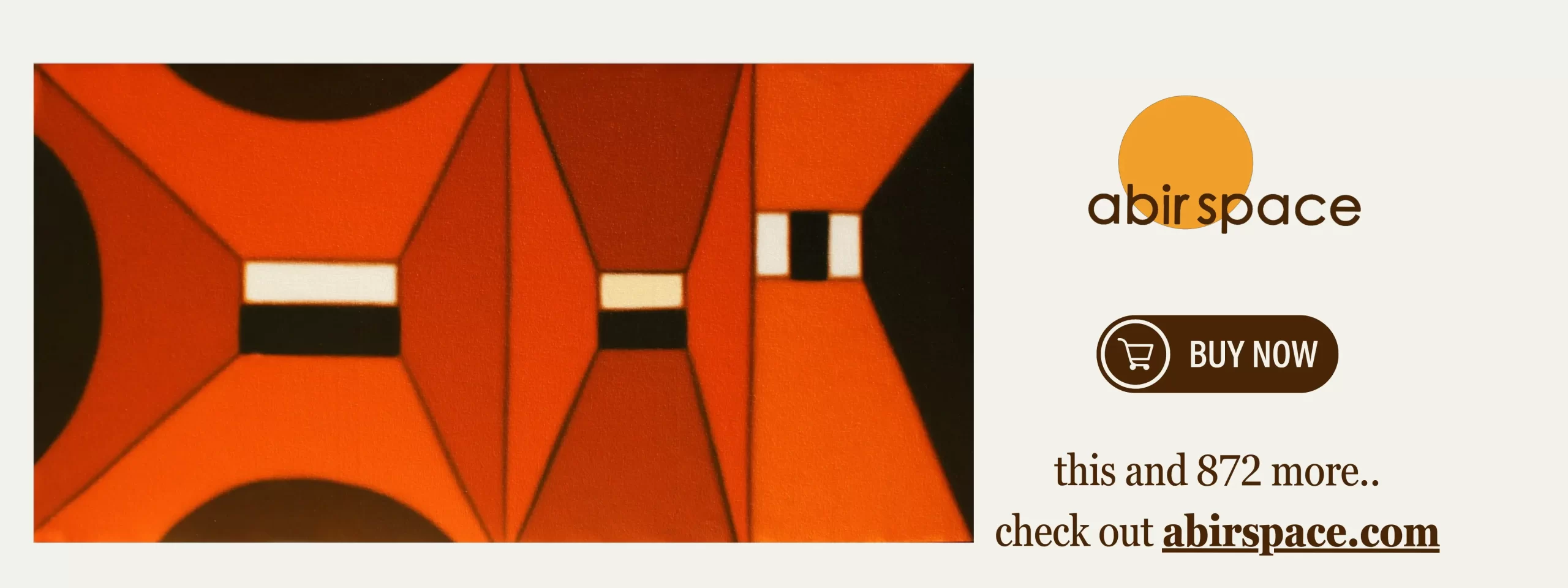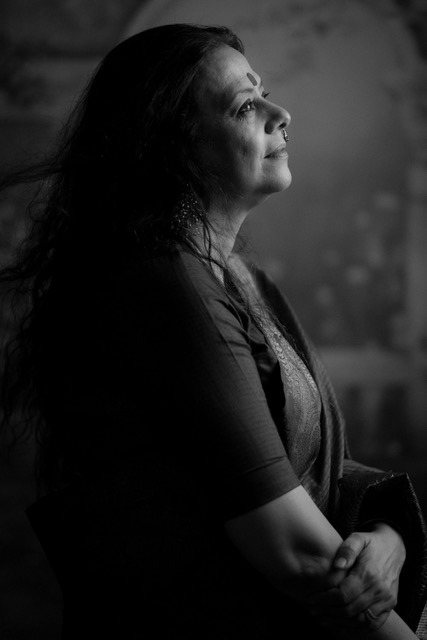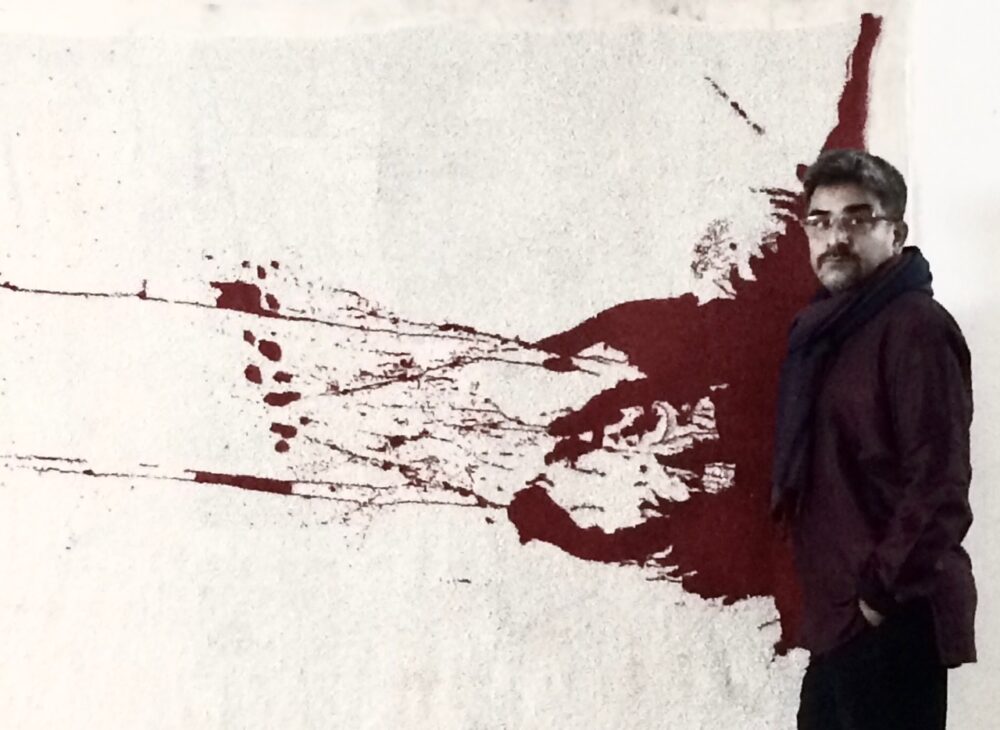It is not often that you come across a person who gets into designing if he does not find a product of his choice. But 30-year-old Joe Thampi from Kerala ventured into furniture retailing after an unsuccessful attempt to get furniture of his choice for his home.
In less than three years, Cura Home has won a couple of awards and mentions. It is on the verge of opening an experience centre.
From a consultant in M&A at Deloitte to heading a team of designers, Joe Thampi’s journey has just begun.
In an exclusive interview with Nandini Oza for Abir Pothi, Joe Thampi talks about the USP of Cura Home furniture, competition and the changes furniture designs have undergone in the last decade.

Q: From being at Deloitte in M&A to founding Cura Home. How did the journey begin?
A: I always had an entrepreneurial mindset. I always wanted to do something. But, since I am a first generation business owner, I was never sure which field I should go into.
I liked luxury product, product designing. Even though I liked it, this (Cura Home) was not a planned action. When I was in Deloitte, my house was under renovation. When we were choosing furniture and other artifacts, I could not find a proper vendor.
I will say, I could find a vendor, but could not find a branch that was making authentic designs and which was also worth the price. So, some were charging heavy prices, some were charging less, but the quality was not good. I could not find the correct brand. I realised that when I was facing this problem, others too would be facing it. It is then that I thought that I will do something and try to fix this problem.
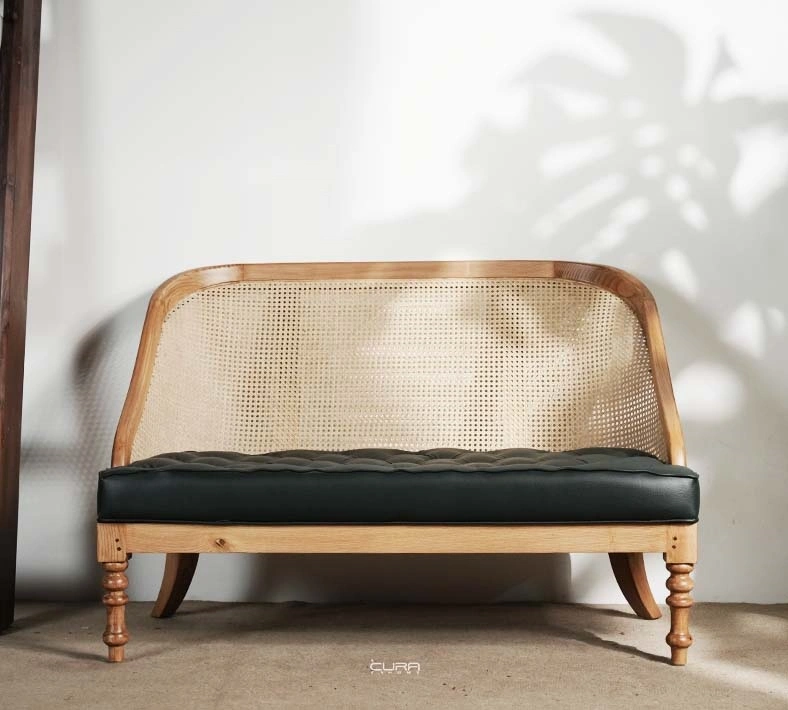
Q: Your journey sounds interesting. Tell us more about it.
A: Finally, I found a vendor who would manufacture the design for me. I showed him Italian designs. When he manufactured it, it looked almost similar but I was not happy with the ergonomics or the comfort level, the quality of the materials used. As I was not able to find this from any other vendors, I had to be happy with what I had got. He was given a couple of Italian designs.
I was not 100 percent satisfied. But still, people who came to my house were impressed. I was being asked — where did you get this from? Who made it? It struck me that they too were looking out for such products, but were not getting. I then thought of making a website or an Instagram page to showcase the product to the general public. I started with that and I started getting orders. People were also curious. People were happy with the pricing and designs.
I gave these orders to the vendor itself. When he realised that I was getting more orders than him, he asked me if I would like to be part of the company. I became a partner in the company thinking that when I am part of it, I can rectify the problems, be part of selecting the materials and also be part of the designing process.
I partnered with that vendor for about two years. This was during 2021-22. I learned the intricacies of this industry. The vendor was in Alappuzha. He has been into the business since 1986.
As we progressed, we discontinued those designs as they were replicas and not authentic. We started coming up with our designs.
After becoming a partner in the company, I realised that we cannot become a brand the way we were going about. Design team is very important for a design company, a team that focuses only on the designs.
I started recruiting designers who have in-depth knowledge about the furniture, who are professionally trained to design furniture. We recruited two designers from NID. We became more professional. We gave better designs, 3D models, drawings to the carpenters. We next brought in a purchase team that helped the designers to source what exactly they needed.
When this actually started, the vendor with whom I partnered told me that I was taking this to another level. He was not keen to continue. He backed out and gave me the company.
Q: Tell us about your education.
A: I did B.Tech in Mechanical Engineering and MPA in Finance. Thereafter, I worked with Deloitte as consultant M&A. We learn to design machines and products in mechanical engineering.
Q: Designer furniture is becoming very common these days. Even designer wear, for that matter. How does the furniture designed by Cura Home stand out from the rest?
A: Many brands try to bring in replicas. But we invest our time mainly in bringing out the authentic design. We collaborate with furniture designers, not any designer, real furniture designers who are graduates from NID or NIFD. We motivate them to maximise the use of their talent and come up with the most unique designs.
As we progressed, we realised the need to improve the quality of production as several designs cannot be manufactured using human hands. Craftsmen need good technology — most modern machines. We ordered CNC.
The idea was to reduce the labour cost and still maintain the quality of the product. Here, the purchase department came into the picture. We started sourcing stuff at a better rate from different vendors. We signed contracts with wood importers.
We tied up with the different factories. For example, for fabric, we tied up with D’Decor. We tied up with Symphony Mills , and we started importing wood. There was a contract with a plywood manufacturer. For foam, we signed a contract with Duroflex. We started directly sourcing from the factory, avoided the middlemen and gave the benefit to the customer.

Q: Tell us about the team at Cura Homes.
A: We have a seven-member core team. There are four members in the design team that includes professional designers, 3D modelers and visualizers. Two people look into the allocation of materials. A single person looks after accounts and there are about 20 people for production.
Q: How was the name Cura Home coined?
A: I was looking at different names. I came across “Cura”. It is a Latin word. It can also be used as a short form for curated products. I also had a vision of including not just furniture, but arts, decor, lights and everything that a home needed. So that’s how Cura Home.
Accessories and furnishings, everything should happen maybe this year. Initially, we are concentrating on furniture as that is the most important and complex thing. We have started accessories — cushions and pillows. Gradually, artworks will also be available.
Q: What goes into designing a piece of furniture? May that be a bed or a closet.
A: Every year, our design team and I sit together and discuss a lot about the trends that are going to come in the next one year. The colours, the trendy colours of that year. We then analyse what Italian companies are making. They show their designs in Milan. We discuss for a couple of weeks. We then zero in on the trend. Thereafter, these kinds of models and designs are followed for the next one year.
If we need more designs, then we hire freelance designers also. The chart then is made for the next one year and the work is distributed equally. We mainly focus on the trend in the industry.
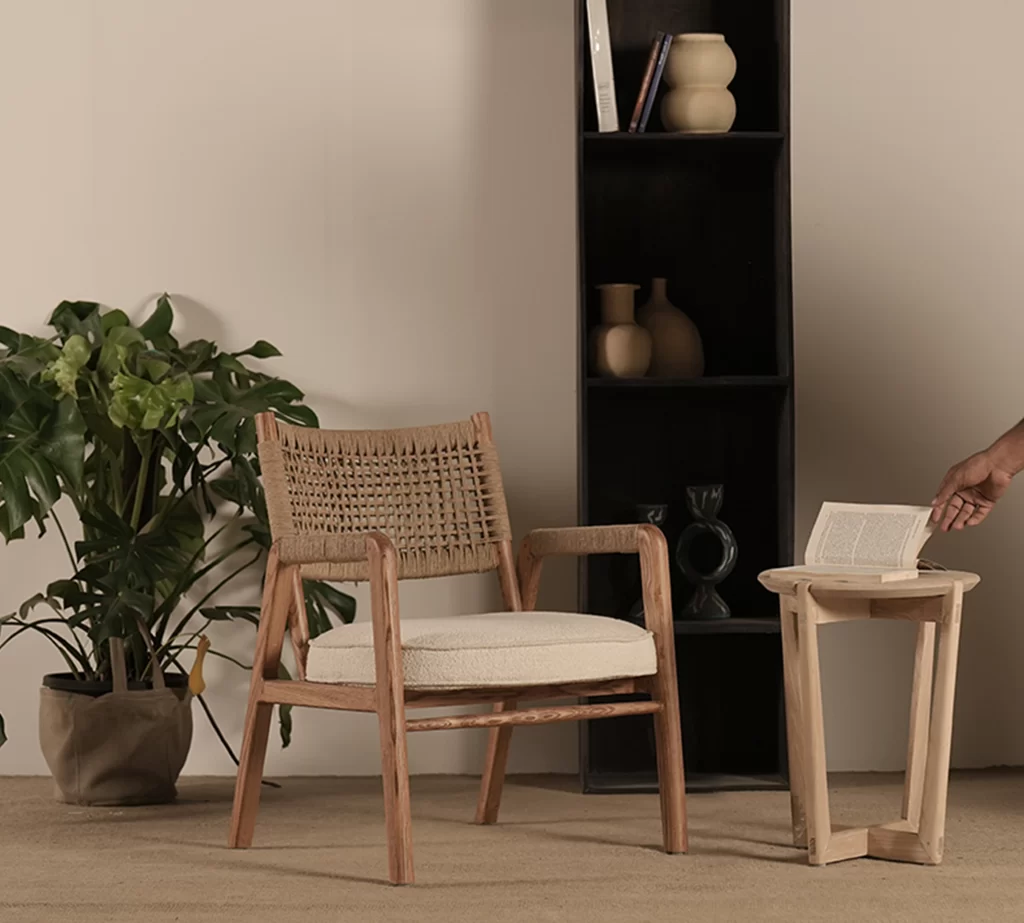
Q: Personally, what inputs do you give when it comes to designing?
A: So, personally, I don’t interfere much into the designing part as they all are designers and so they should have the freedom. If they are forced to do it differently, then it will become my design and I do not want to do that. Designers should have full control.
For example, I will only tell them that I need the chairs as these are fast moving. I also have to look at the business. They know what sort of chairs to design. I give my inputs when we are discussing the trends. I tell them about what I have seen in some exhibitions, what is being produced by other companies and so on. I also tell them about which particular design did good sales.
Q: How are your collections named?
A: I will give you an example. We have a rocking chair and the designers, who came up with the design, had an idea of the art and cultural festivals of Kerala. The designers suggest names that they have in mind. It is also based on inspiration. Another collection is called the Koko series.
Q: What inspires the collections at Cura Home?
A: I will again give an example of the rocking chair. The designer had in mind Kathakali. Furniture is based on trends. However, the rocking chair is not based on a trend. Usually, our collections are inspired by trends. There is one about to be launched. It is in the shape of a pot, a pot that is seen traditionally in Kerala. The inspiration can be anything.
Q: What material is used in the furniture?
A: The primary material is wood. The wood is imported, ash wood or teak wood. We stock this wood in our factory for manufacturing. But we do not limit ourselves to wood. There is no limitation in selecting the material. Our material library increases day by day. Leather will be an additional material if it has to be wrapped on a wooden part. Sometimes there will be a metal support in the design. The choice of material is purely based on the design.
Q: Often what looks good might not be comfortable. How do you balance comfort and aesthetic sense in the furniture?
A: That is actually a very difficult task. When we are sketching on a paper, when you’re designing in a computer, you can actually bring out the most beautiful aesthetic product. After that, we go into the prototype part. During the prototype part, we check the ergonomics, we check the comfort and everything. At that time, there are several designs. We started designing for us almost two years ago. However, we launch the product only after we are 100 percent sure about it. Till then we the prototype. So, prototyping is like a trial-and-error method. The comfort and aesthetics are taken care of at that level.
At the prototype stage, if you find that the comfort of the product is not okay then it goes back to the designers and they will make alterations to the design without affecting the aesthetics. They will try their level best not to damage the aesthetics, but still change the dimensions and then improve the comfort. So, comfort is given a lot of prominence, but then it would also be at the cost of time and a lot of money as well. Hence, it takes time for us to launch a product. Moreover, prototyping is a costly affair. I feel it is cost-effective also. So when we launch a product, we have in mind that we can sell this product to multiple customers.
We are not a bespoke furniture manufacturer where we make a single piece for a single customer. For them, actually this trial-and-error method doesn’t work. But we are trying to position ourselves as a premium brand. This brand sells a product to multiple customers. Thus, when we sell this product to multiple customers, we try to recover that cost. Annually, we allocate a budget for R&D and we try to restrict our budget to that.
Q: Is furniture at Cura Home generally curated or this is curated for specific needs? For example, it is a traditional style home or a posh apartment.
A: Our main focus is modern contemporary homes. It is not very traditional. Albeit, there are many homes that need this traditional beauty of the wood and the material beauty of the aesthetics, and at the same time, it is not very traditional.
Q: What do awards mean for Cura Home? It has bagged quite a few awards in less than three years.
A: Actually, it is our motivation. When we invest a lot in product development, this kind of award is an inspiration to say that you are on the right track, and people are recognising you. Monetarily, we are investing a lot in product development. If you look at the return on investment, we have actually not yet reached the target. We are a small company in terms of revenue. But we are investing a lot in product development.
From a business perspective, we will always be confused if we are on the right track or not. An award and recognition keeps us motivated to go ahead.
Q: Whose designs are you inspired by at the national and international level?
A: There are different designers whom we always look up to. Before recruiting the designers from India, I had conversations and discussions with designers from Italy who were working for Prada. We had a discussion about how their design process works because I was really inspired by the designs they make for Prada, the Italian brand. This very old, premium brand has always inspired me.
So, when I ventured into this industry, it was always my dream that I should set up something that is as close as Prada. It was my inspiration.
We understood the design process. They also called for designing a product for Cura Home, but I kept it on hold due to huge money. I kept it on hold until I corrected everything in manufacturing, sales, and marketing, until everything was perfect.
Q: What are the expansion plans?
A: We want to launch every product every two weeks. That is our agenda for this financial year. Our first experience centre will be set up in Cherthala by May-June.
It is not good in terms of business perspective to bring the clients to the factory and thus we thought of setting up an experience center that is near to the factory. So, whoever is particular to see our manufacturing process, can see the production as well. The Experience Center will be in the Allapuza district.
Q: What are the changes the Indian furniture design has seen in the last decade? What is your take on it?
A: Earlier, we did not have designers. Designers were carpenters. They had limited views of the world and were limited to the region where they were located. Now, designers are sketching the products. Their view of the world is much more than that of carpenters. So, when this happens, many brands are coming up with beautiful designs that are internationally recognised and also it is of an international standard. This is how designing has evolved the furniture industry in India.
Q: Cura Home caters to which states?
A: We have pan-India delivery. We have delivered in Dehradun. It was for a farmhouse project. Mainly our furniture goes to metro cities like Bangalore, Chennai, Hyderabad and Mumbai. We get orders from Surat and New Delhi also.
Q: Would you would like to mention any specific clients whom you have serviced?
A: It is mainly not a group. We do projects with several architects. I cannot name a single architect, but there are a lot of architects across India who buy our products.
Q: What is the investment that goes into designing a product?
A: It depends on the product. If it is a dining chair, then it is a small product. But I will talk about the Attham chair. The designer was working on it for about six months. His salary will be considered. Four prototypes were made. The fifth was the product. Attham would have cost Rs. 10 lakh. It has been the most expensive furniture product. Others will not be that expensive.
Q: How many new designs do you come out with every year?
A: We have more than four designs introduced every year. There are some designs on which we started working two years ago. We are on the verge of launching these.

Q: In India, whom do you compete with?
A: There are several names. There is one brand called Wriver. But our design philosophy and their design philosophy is different. I admire them in terms of the designs they bring out, their material library. But I found a problem with them. It is very expensive. I do not agree with their pricing strategy. But I admire them for the design and for the quality of their finish.
Q: How do you price a product?
A: There is a manufacturing cost and designing cost. We try to recover the cost from 20 products. We try to reduce our production cost not by compromising the material quality, but by improving our production operation efficiency. We have optimized our production facility in such a way that we can manufacture a product at a lower cost than any local carpenter. Materials are of the highest quality. The benefit goes to the customers. Our dining chairs range from Rs 18,000 to Rs 25,000, but the same premium chairs are sold by other brands at around Rs 40,000-50,000. Price is the difference.
Q: Which is the best piece of work from Cura Home in the last three years that you have liked?
A: Hercule Collection is my personal favourite. If you look at the sales, it is the most moving sofa set.
KoKo Single Seater. Image Courtesy of Cura Home
Nandini Oza is an Ahmedabad-based freelance journalist. She writes on anything and everything that matters to people.
Contributor


